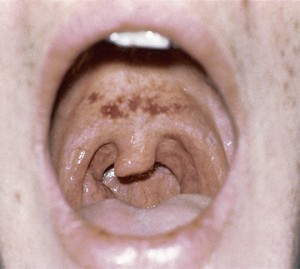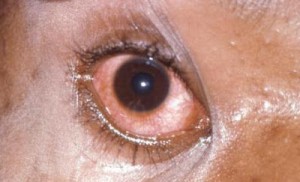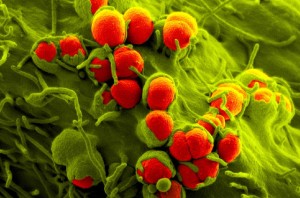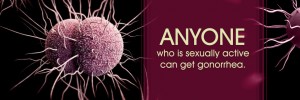Sexual Health – Gonorrhoea
Gonorrhoea
Introduction
Gonorrhoea is a sexually transmitted infection (STI) caused by bacteria called Neisseria gonorrhoeae or gonococcus. It used to be known as ‘the clap’.
The bacteria are mainly found in discharge from the penis and in vaginal fluid.
Gonorrhoea is easily passed between people through:
. Unprotected vaginal, oral or anal sex
. Sharing vibrators or other sex toys that haven’t been washed or covered with a new condom each time they’re used
The bacteria can infect the cervix (entrance to the womb), the urethra (tube through which urine passes out of the body), the rectum, and less commonly the throat or eyes.
The infection can also be passed from a pregnant woman to her baby. If you’re pregnant and may have gonorrhoea, it’s important to get tested and treated before your baby is born. Without treatment, gonorrhoea can cause permanent blindness in a newborn baby.
Gonorrhoea isn’t spread by kissing, hugging, sharing baths or towels, swimming pools, toilet seats, or sharing cups, plates and cutlery, because the bacteria can’t survive outside the human body for long.
 Signs and symptoms
Signs and symptoms
Typical symptoms of gonorrhoea include a thick green or yellow discharge from the vagina or penis, pain when urinating and (in women) bleeding between periods.
*However, around 1 in 10 infected men and almost half of infected women don’t experience any symptoms.
Getting tested
If you have any of the symptoms of gonorrhoea, or you’re worried you may have an STI, you should visit your local genitourinary medicine (GUM) or sexual health clinic for a sexual health test.
Gonorrhoea can be easily diagnosed by testing a sample of discharge picked up using a swab. Testing a sample of urine can also be used to diagnose the condition in men.
It’s important to get tested as soon as possible, because gonorrhoea can lead to more serious long-term health problems if it’s not treated, including pelvic inflammatory disease (PID) in women, or infertility.
Treating gonorrhoea
Gonorrhoea is usually treated with a single antibiotic injection and a single antibiotic tablet. With effective treatment, most of your symptoms should improve within a few days.
It’s usually recommended that you attend a follow-up appointment a week or two after treatment, so another test can be carried out to see if you’re clear of infection.
*You should avoid having sex until you’ve been given the all-clear.
 Who’s affected?
Who’s affected?
Anyone who’s sexually active can catch gonorrhoea, especially people who change partners frequently or don’t use a barrier method of contraception, such as a condom, when having sex.
Gonorrhoea is the second most common bacterial STI in the UK after chlamydia.
Almost 35,000 cases were reported in England during 2014, with most cases affecting young men and women under the age of 25.
Previous successful treatment for gonorrhoea doesn’t make you immune to catching the infection again.
Preventing gonorrhoea
Gonorrhoea and other STIs can be successfully prevented by using appropriate contraception and taking other precautions, such as:
. Using male condoms or female condoms every time you have vaginal sex, or male condoms during anal sex
. Using a condom to cover the penis, or a latex or plastic square (dam) to cover the female genitals, if you have oral sex
. Not sharing sex toys, or washing them and covering them with a new condom before anyone else uses them
If you’re worried you may have an STI, visit your local GUM or sexual health clinic for advice.
You can find your nearest sexual health clinic by searching by postcode or town.
www.nhs.uk/Service-Search/Sexual-health-services/LocationSearch/1847
For information on all sexual health services, visit the FPA website below.
www.fpa.org.uk/where-get-help/sexual-health-helpline
Source NHS Choices
*We would always recommend using a condom
This animation is part of an STI resource tool created by Youth Projects. The resource tool provides information and education about a range of sexually transmitted infections including symptoms and treatments and safe sex.


